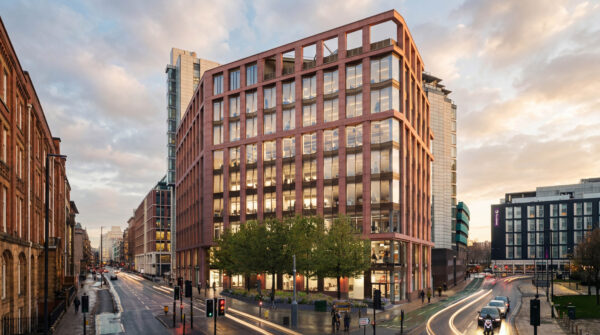Headingley Carnegie Stadium Rugby South Stand
Raising standards in Headingley
Leisure
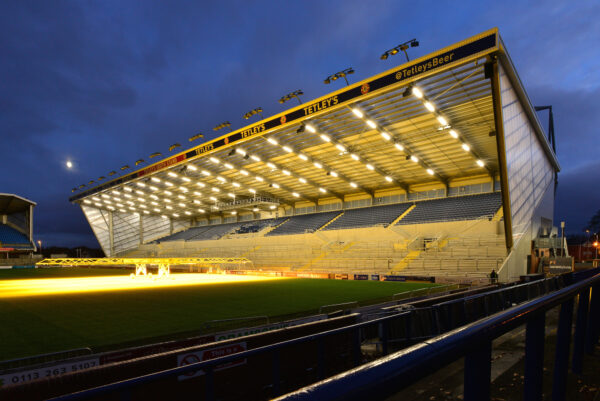

01 Introduction
As part of the ambitious Headingley Masterplan, the new south stand represents a significant upgrade in facilities for both players and spectators alike.
Designed to host up to 7,721 rugby fans, including 2,233 seated attendees, the stand integrates seamlessly into the stadium’s landscape. State-of-the-art changing rooms for home and away teams and referee are accessible via a secure, private entrance while the main concourse offers convenient access to modern toilets and concessions.
A central stairwell and lift provide easy access to upper levels, where the upper concourse welcomes spectators to elevated seating with panoramic views of the field. Above, a suspended television gantry captures every moment, enhancing the overall spectator experience and setting a new standard in stadium design.
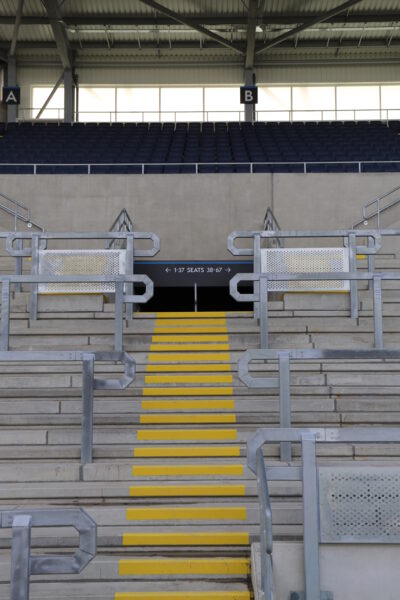
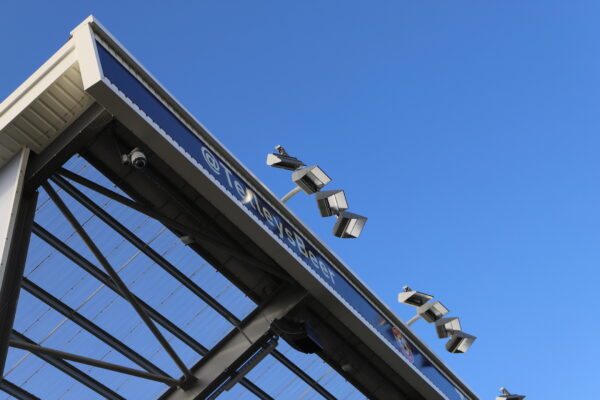
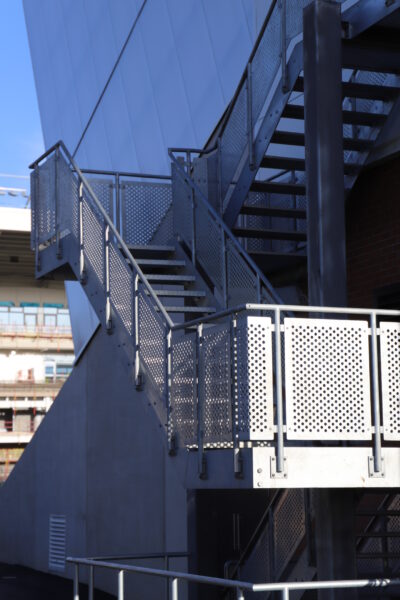
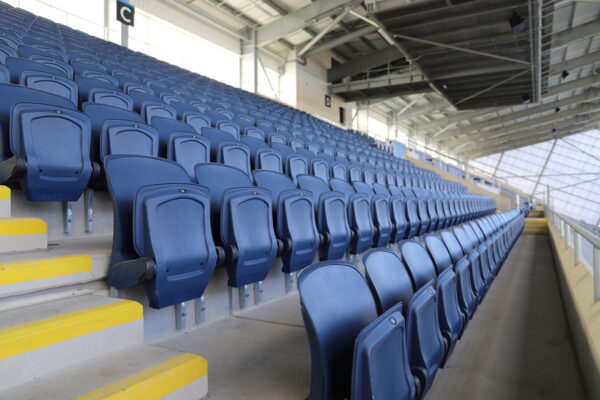
02 Site & Building History
A century of sporting heritage, reimagined for everyone.
Headingley is the home of The Yorkshire County Cricket Club, Leeds Rhinos Rugby League, and Yorkshire Carnegie. In 1888, established by a group of Leeds locals the Leeds Cricket Football and Athletic Club and purchased Lot 17a from the Cardigan Estate to create a major new sporting venue for the city. Like several other grounds built around this time, such as Thrum Hall Halifax, Bradford Park Avenue, and Fartown in Huddersfield, the Headingley ground was designed to host both football and cricket.
The first rugby game at Headingley was played on 20th September 1890, with Leeds, in terra cotta and green jerseys, winning against Manningham. The original South Stand, a 125-foot long open wooden stand, was approved by the Local Council on 6th February 1891. It stood just over 16 feet high and was extended in 1894 to include a press box at the rear. In June 1911, the south stand received a galvanised iron roof supported by 14 pillars, and the first six terrace steps were concreted. During the summer of 1932, the barrel-roofed south stand was demolished, and a new South Stand was erected. Initially, the single-pitched roof covered only 34 of the 58 concrete terrace steps. Eight turnstiles were located at the bottom of four stairways, with open access at the rear walkway. A second pitched roof was added during the summer of 1956, though it was not completed until after October 1957, missing the York vs Huddersfield Yorkshire Cup Final that year.
The rugby stadium has hosted 12 Challenge Cup Finals, over 40 international games, and three World Cup matches. Situated in an urban area with mixed character, including small retail and commercial units and predominantly residential two-storey post-war housing, the stadium was designed to be accessible and appropriate for all potential users. The scheme removes obstacles for disabled users and considered people of different age groups, genders, ethnicities, and fitness levels. Access for parents with children and all publicly accessible areas were incorporated into the design, significantly increasing the number and options for disabled spectators and providing them with a choice of seating.
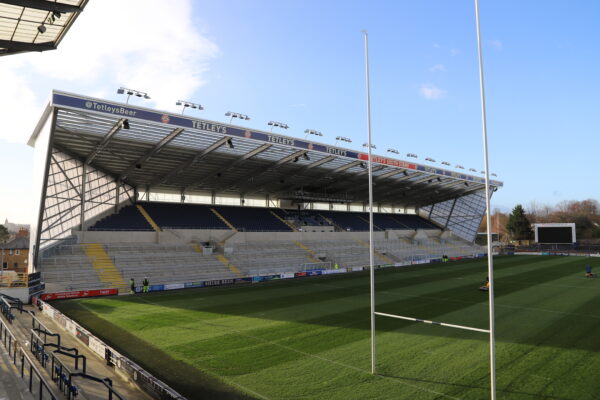
03 Community & Stakeholder Engagement
Collaborative planning at the heart of the stadium development
We engaged with stakeholders, Council Officers, Members, and the wider community in accordance with Local and National Planning Policy. The engagement process was proportionate to the scale and importance of the schemes, collaborating with Council Officers and Members to agree on the scope and methodology for engagement. In addition to pre-application discussions with Council Officers, we communicated with residents’ groups, Ward Members, and local MPs, holding meetings to explain the proposed developments in detail. Four public events were held, two of which took place at Headingley Stadium, where details of the developments were presented, and design team members were available to answer questions. The proposed stadium development details were also posted on cricket and rugby fan sites, with a dedicated webpage set up for review. Residents and interested parties were invited to comment, with over 300 responses received. A detailed review of the engagement process and responses was included in the Statement of Engagement submitted with the application.
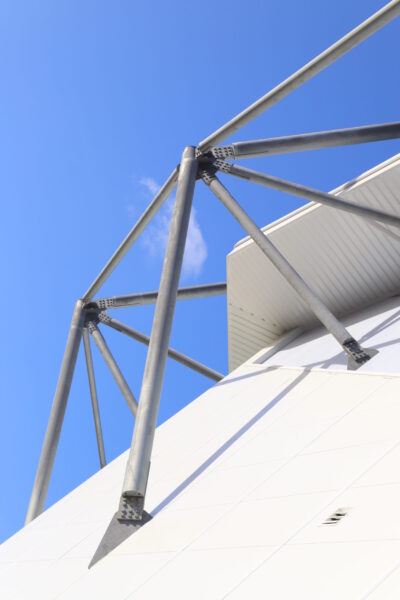
04 Approach to Design
A stadium designed for everyone: accessible, inclusive, and architecturally aligned with its urban context
Situated in an urban area with mixed character, including small retail and commercial units and predominantly residential two-storey post-war housing, the stadium has been designed to be accessible and appropriate for all potential users. The scheme removes obstacles for disabled users and considers people of different age groups, genders, ethnicities, and fitness levels. Access for parents with children and all publicly accessible areas are incorporated into the design, significantly increasing the number and options for disabled spectators and providing them with a choice of seating.
The proposed south stand is designed to maintain continuity with the new Carnegie east stand, completed in 2006, using the same materials, aesthetic, and structural approach. The lower-level plinth was constructed with fair-faced brickwork and composite cladding panels above. The roof structure was cantilevered from the back wall, ensuring an unobstructed view of the pitch. Steel ties back to the main column were designed as a feature of the overall building. Internally, the building features lower-level terraces in precast concrete with safety barriers above, and a second tier of seating with a cantilevered roof providing shelter to all spectators.
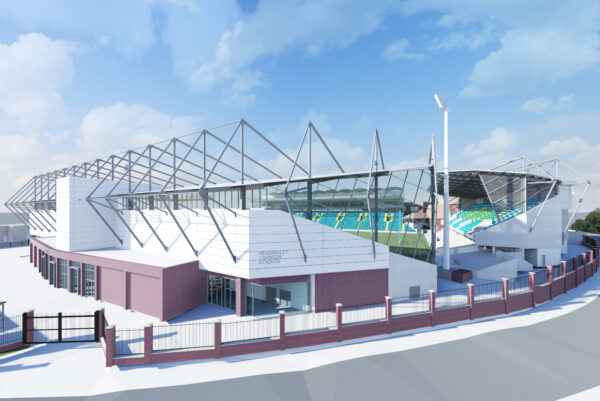
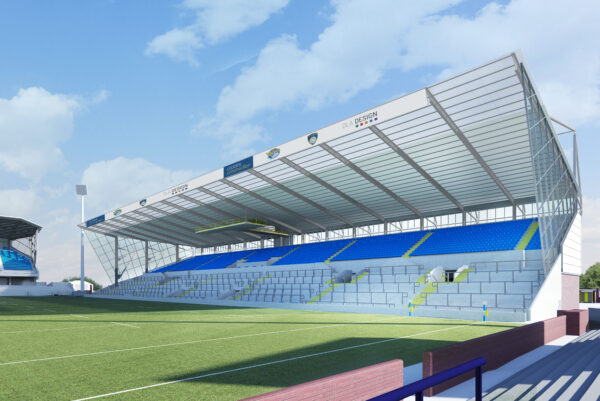
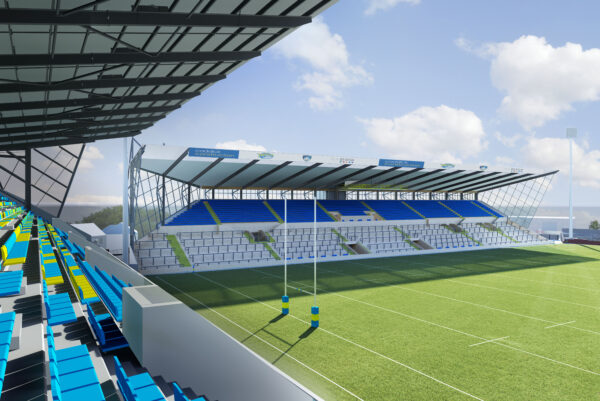
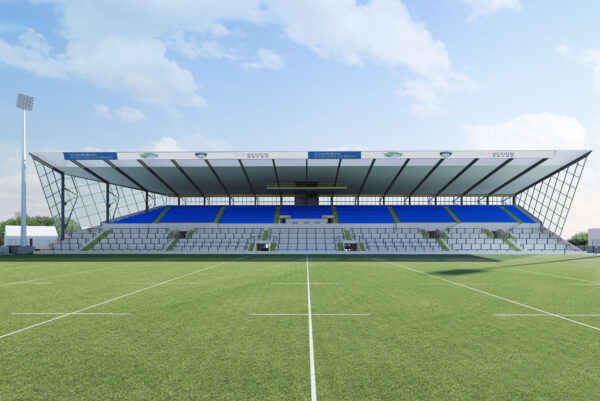
05 Climate Leadership
Minimising environmental impact through conscious material choices
During the detailed design period, the selection and use of building materials considered their impact on emissions related to extraction, manufacturing processes, transport, and potential for reuse or recycling. The strategy aimed to minimise environmental impact by sourcing from suppliers with an environmental management system in place, and all timber was FSC certified. Where appropriate, either A or A+ rated materials, as defined in BRE Global’s Green Guide to Specification, were specified. Efforts were made to source local materials to reduce transport emissions, and all internal finishes had very low levels of volatile organic compounds. Materials with a high recycled content were favourably considered.
06 Collaborators
Landscape Architect : DLA Landscape and Urban Design
Planning Consultant : WYG Planning
Highways Engineer : JMP Consulting
Structural and Civil Engineer : 3E Consulting Engineers
Mechanical and Electrical Engineer : Brentwood Group
Public Consultation Consultant : WYG Planning
Cost Consultant : Gardiner & Theobald
Flood and Drainage Consultant : 3E Consulting Engineers
Socio-Economic Consultant : WYG Planning
Acoustic Consultant : WYG Acoustics
